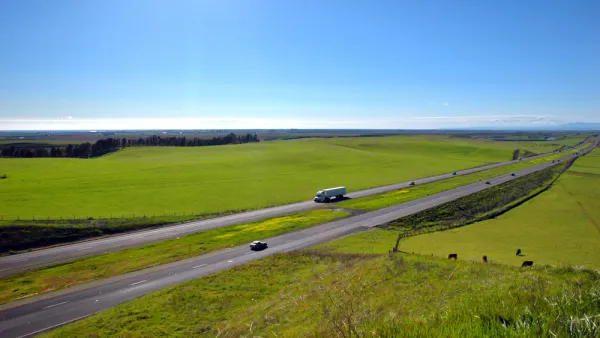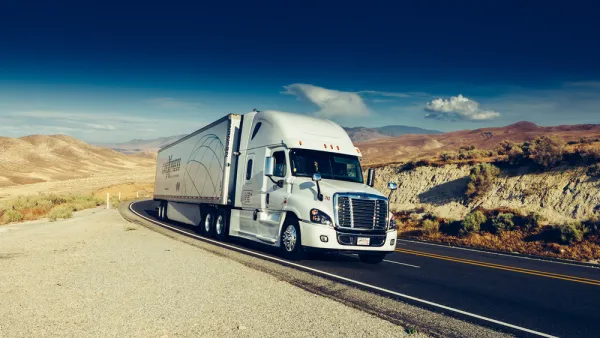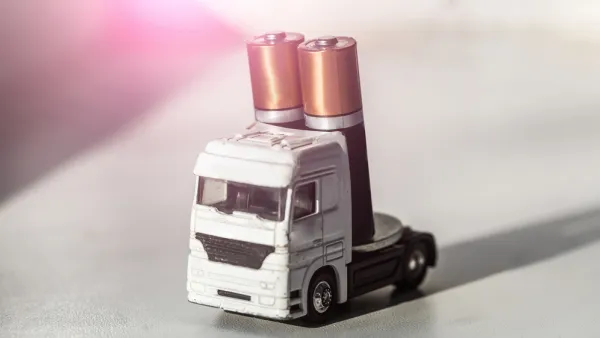The U.S. Department of Energy, in partnership with the California Energy Commission and the South Coast Air Quality Management District, awarded $18 million to nine companies and universities to advance natural gas technology for trucks.

The goal is to sharply reduce carbon dioxide emissions from diesel-powered medium- and heavy-duty trucks, reports
While oil use of passenger cars has begun to plateau and decline in many industrialised countries, oil use from road freight vehicles continues to rise."
The March 6 announcement by the National Renewable Energy Laboratory (NREL), part of the U.S. Department of Energy, is timely as the next day, California state Sen. Nancy Skinner, D-Berkeley, introduced Senate Bill 44, dubbed “Ditching Dirty Diesel,” designed to phase out, over time, the use of polluting, diesel-fueled medium- and heavy-duty trucks and buses in California.
One of the more interesting projects comes from US Hybrid Corp. of Torrance, Calif., which "will explore the development of a natural gas-electric plug-in hybrid, using a Cummins natural gas-powered engine and a lithium-ion battery pack to see whether a hybrid truck can operate over 24 months with close to zero emissions," adds Fialka.
The three universities that will submit projects are Michigan Technological University, University of Alabama and University at Buffalo. All nine projects and their sponsors are listed here.
Related in Planetizen:
-
Bill Would Phase-Out Most Diesel Emissions in California, March 21, 2019
FULL STORY: Big trucks might run on natural gas and electricity

National Parks Layoffs Will Cause Communities to Lose Billions
Thousands of essential park workers were laid off this week, just before the busy spring break season.

Retro-silient?: America’s First “Eco-burb,” The Woodlands Turns 50
A master-planned community north of Houston offers lessons on green infrastructure and resilient design, but falls short of its founder’s lofty affordability and walkability goals.

Delivering for America Plan Will Downgrade Mail Service in at Least 49.5 Percent of Zip Codes
Republican and Democrat lawmakers criticize the plan for its disproportionate negative impact on rural communities.

Test News Post 1
This is a summary

Test News Headline 46
Test for the image on the front page.

Balancing Bombs and Butterflies: How the National Guard Protects a Rare Species
The National Guard at Fort Indiantown Gap uses GIS technology and land management strategies to balance military training with conservation efforts, ensuring the survival of the rare eastern regal fritillary butterfly.
Urban Design for Planners 1: Software Tools
This six-course series explores essential urban design concepts using open source software and equips planners with the tools they need to participate fully in the urban design process.
Planning for Universal Design
Learn the tools for implementing Universal Design in planning regulations.
EMC Planning Group, Inc.
Planetizen
Planetizen
Mpact (formerly Rail~Volution)
Great Falls Development Authority, Inc.
HUDs Office of Policy Development and Research
NYU Wagner Graduate School of Public Service





























